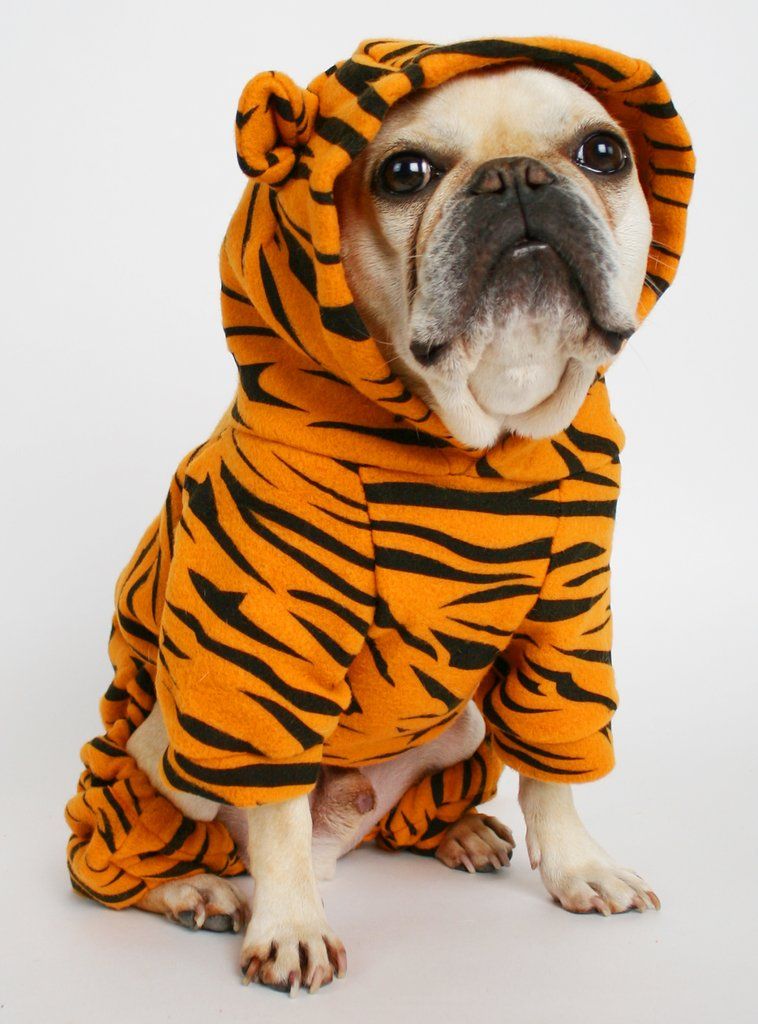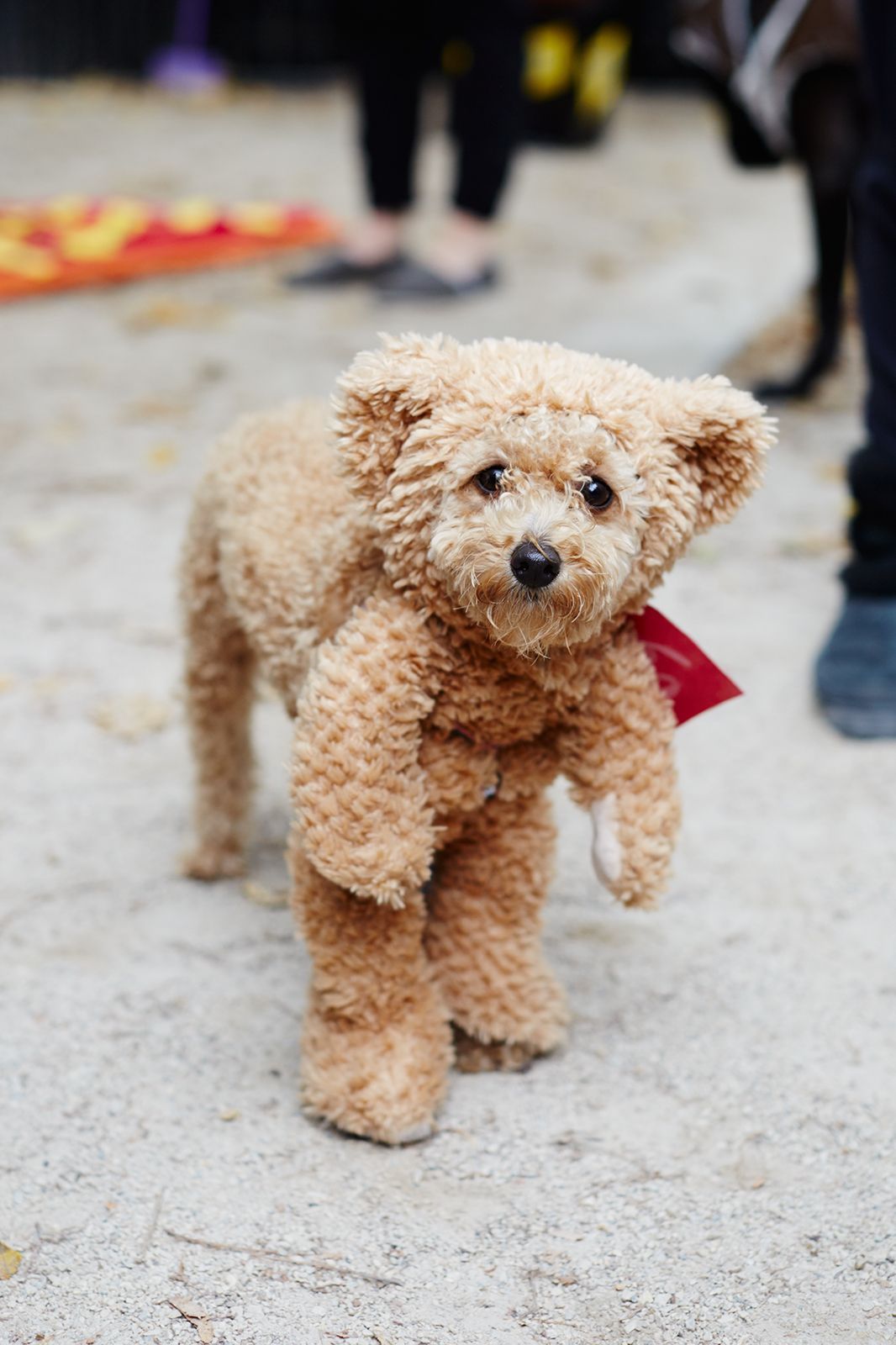A dog collar serves as an essential accessory for the safety and well-being of your furry friend. However, it's crucial to ensure the proper fit of a dog collar to prevent any discomfort or potential harm to your pet. The appropriate fit of a dog collar has significant implications for their comfort, freedom of movement, and overall safety.
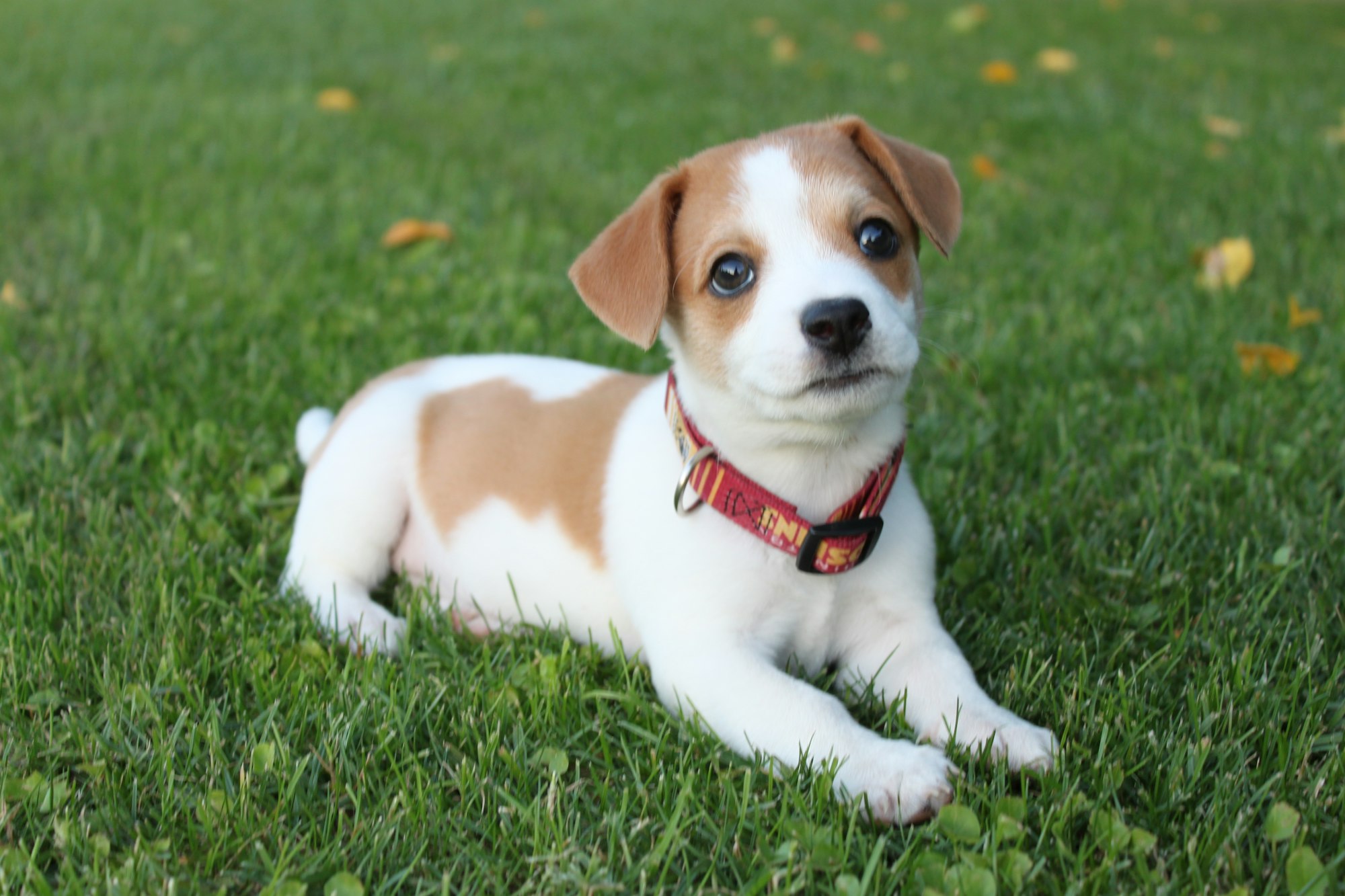
A well-fitted GPS dog collar allows your canine companion to move comfortably and without restriction. It should not be too tight, as it may cause discomfort and impede their movements. a properly fitting collar prevents the dog from escaping or slipping out of the collar.
An ill-fitting collar can lead to various injuries and discomfort for your dog. A collar that is too loose may increase the risk of your dog getting entangled in objects or their collar getting caught on something. On the other hand, a collar that is too tight can cause skin irritation, breathing difficulties, and even injuries to the neck and throat area.
How to Measure a Dog's Neck for a Collar?
- To measure a dog's neck for a collar, follow these steps:
- Place a cloth measuring tape around the base of your dog's neck where the collar will sit.
- Make sure the tape is snug but not too tight, allowing room for your finger to fit comfortably between the tape and your dog's neck.
- Note down the measurement in inches or centimeters.
- If you don't have a cloth measuring tape, you can use a piece of string and then measure the string with a ruler.
- Consider the size of the dog and choose an appropriate collar size based on the measurement you obtained.
Remember, it's important to measure your dog's neck accurately to ensure a proper fit for their collar. Using a collar that is too tight can cause discomfort and restrict your dog's movement, while a collar that is too loose may slip off. By measuring your dog's neck correctly, you can select a collar that fits them comfortably and securely.
Measuring the Circumference of a Dog's Neck
To accurately measure the circumference of a dog's neck for a collar, simply follow these steps:
- Gently place a measuring tape around the base of the dog's neck where the collar will be positioned.
- Ensure that the measuring tape is snug but not overly tight, allowing the happy dog to feel comfortable without any constriction.
- Take note of the measured length in either inches or centimeters.
- Double-check the measurement to guarantee its accuracy.
It is crucial to measure the dog's neck circumference precisely, as an ill-fitting collar can lead to discomfort or even potential injuries.
Interesting fact: According to a study conducted by the American Veterinary Medical Association, improper fit and use of collars were identified as common causes of dog-related injuries. This underscores the importance of accurately measuring the circumference of a dog's neck.
Considering the Breed and Size of the Dog
When considering the breed and size of your dog, it is important to choose the right collar that will properly fit your furry friend. Here are some factors to keep in mind:
- Measure the size of your dog's neck using a measuring tape or a piece of string. Make sure to measure the widest part of the neck to ensure a comfortable fit.
- Adjustable collars: Opt for collars that have adjustable features, such as buckles or clips, so that you can easily customize the fit to suit your dog's neck size.
- Different dog breeds have varying neck sizes and proportions. Consider the breed of your dog when selecting a collar to ensure a proper fit and prevent any discomfort or restrictions.
- Growth potential: If you have a puppy or a young dog that is still growing, keep in mind that their neck size may change over time. Choose a collar with room for adjustments to accommodate their growth.
- Tightness: The collar should be snug enough to prevent your dog from slipping out, but not too tight that it causes discomfort or restricts breathing. Ensure that you can fit two fingers comfortably between the collar and your dog's neck.
When considering the breed and size of your dog, it is crucial to select a collar that provides both comfort and proper fit. By taking into account these factors, you can ensure that your dog's collar is the right size and suitable for their specific needs.
What is the Correct Tightness for a Dog Collar?
- To ensure the correct tightness for a dog collar, measure the circumference of your dog's neck using a flexible tape measure.
- Consider the breed and size of your dog when determining the correct tightness.
- Leave enough space for two fingers to comfortably fit between the collar and your dog's neck.
- Check for snugness without restricting your dog's movement or causing discomfort.
By following these steps, you can ensure that the collar fits properly on your dog and provides both comfort and safety. It is important to find the right balance between a collar that is too loose and one that is too tight. A collar that is too loose may slip off or allow your dog to easily escape, while a collar that is too tight can cause discomfort, breathing difficulties, and neck injuries. It is essential to regularly check the tightness of the collar, especially as your dog grows, to ensure a proper fit at all times.
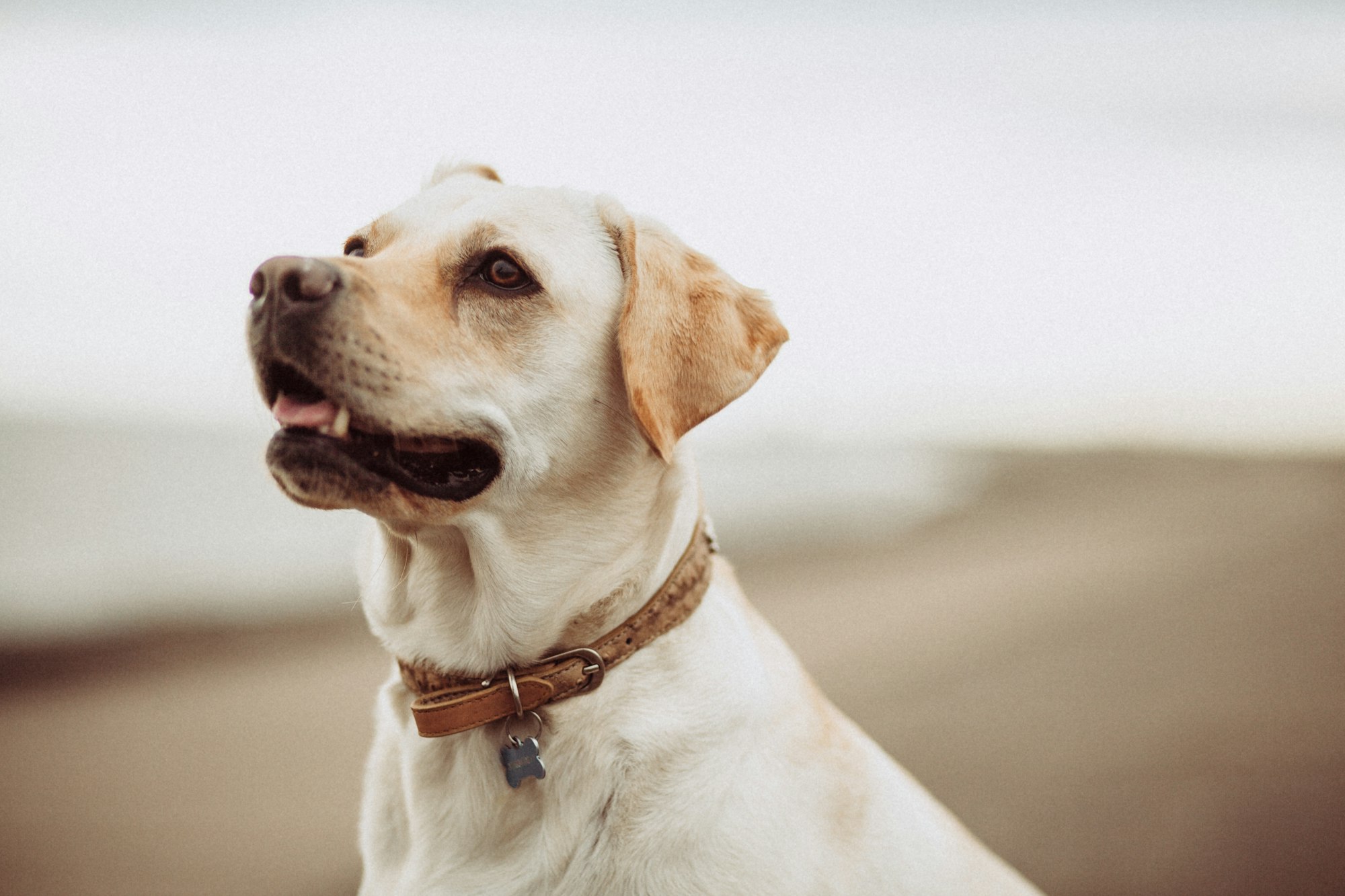
Leaving Space for Two Fingers
Leaving space for two fingers is crucial when fitting a dog collar, as it ensures the collar is not too tight and allows for comfort and proper movement of the dog. To fit the collar correctly, follow these steps:
- Place the collar around the dog's neck, making sure it sits just below the ears and rests comfortably on the neck.
- While the collar is in position, insert two fingers between the collar and the dog's neck to leave adequate space.
- If you can easily slide your two fingers between the collar and the dog's neck without any restriction, then the collar is properly fitted.
- If you cannot fit your fingers or if it feels too tight, adjust the collar looser until you can comfortably fit two fingers between the collar and the dog's neck.
- Ensure that the collar is secure enough that it won't slip off, but not so tight that it causes discomfort or restricts the dog's movement.
The practice of leaving space for two fingers when fitting a dog collar dates back to ancient times. It was believed that this allowed the collar to sit comfortably on the dog's neck and prevented any choking or discomfort. This technique has been passed down through generations and is considered a standard guideline for fitting dog collars to this day. Dogs have benefited from this approach, as it ensures their safety and well-being while wearing a collar.
Checking for Snugness without Restriction
When checking for snugness without restriction, it's important to ensure that the dog collar fits properly and allows for comfortable movement. Here are the steps to follow:
- Place the collar around the dog's neck, making sure it is not too loose or too tight.
- Adjust the collar to the correct tightness, ensuring that it is snug enough to prevent slipping off but not so tight that it restricts the dog's breathing or causes discomfort.
- Run your fingers along the edges of the collar to ensure there is no pinching or rubbing against the dog's skin.
- Observe the dog's behavior and movements to check for any signs of discomfort or restriction. Pay attention to whether the dog can eat, drink, bark, and move freely without any difficulty.
- If the collar is causing any discomfort or restriction, adjust the fit accordingly to provide more room or loosen it slightly.
Remember, the goal is to find a balance between snugness and freedom of movement. Checking for snugness without restriction, the collar should be secure enough to stay in place without causing any discomfort or restricting the dog's movements.
As a historical note, dog collars have been used for centuries as a way to identify and control dogs. Ancient Egyptians used collars to indicate ownership, while Roman dogs wore collars with spikes for protection. Today, dog collars serve as an important tool for leash attachment and identification, and ensuring the proper fit is crucial for the comfort and safety of our furry friends.
Why is Proper Fit of Dog Collars Important?
From guaranteeing comfort and freedom of movement to preventing injuries and discomfort, we'll explore the essential aspects that every dog owner should keep in mind. So, let's dive in and discover how a well-fitted collar can make all the difference for our beloved canine companions.
Ensuring Comfort and Freedom of Movement
Ensuring comfort and freedom of movement is crucial when choosing the right dog collar. Here are some key considerations:
- Size and Fit: A properly sized collar should be snug but not too tight. Measure your dog's neck circumference and choose a collar that allows for two fingers to fit comfortably between the collar and your dog's neck.
- Material: Opt for collars made from soft and durable materials like nylon or leather. These materials ensure comfort and freedom of movement for your dog and won't cause irritation or chafing.
- Width: Consider the width of the collar. Wider collars distribute pressure more evenly, reducing the strain on your dog's neck and providing better comfort and control.
- Freedom of Movement: Choose a collar that allows your dog to move its head and shoulders freely. Avoid collars that restrict movement or apply pressure to the neck.
- Padding: Look for collars with padding or soft lining. This extra layer provides additional comfort for your dog, especially during longer walks or leash training sessions.
How to Adjust the Fit of a Dog Collar?
Wondering how to ensure the perfect fit for your furry friend's collar? Let's dive into the world of adjusting dog collars! In this section, we'll explore two key aspects: using adjustable collars and maintaining the proper fit as your dog grows. Get ready to discover the secrets of keeping your dog comfortable and stylish with a collar that fits just right!
Using Adjustable Collars
When it comes to using adjustable collars for dogs, there are a few important things to consider:
- Choose the right size: When using adjustable collars, it is crucial to select the appropriate size that fits your dog's neck properly. Make sure to accurately measure your dog's neck circumference before making a purchase.
- Ensure a comfortable fit: Adjust the collar in such a way that it sits comfortably and snugly around your dog's neck. It is important to avoid it being too loose, as this could result in the collar slipping off. Additionally, it should not be too tight to avoid causing discomfort or restricting their breathing.
- Regularly check the fit: Dogs have the tendency to grow or gain weight over time, thus it is important to regularly check and adjust the collar's fit accordingly. A collar that is too tight can cause discomfort or injury, while one that is too loose may allow the dog to slip out of it.
- Properly secure the collar: Once you have adjusted the collar to the correct fit, ensure that you buckle or fasten it securely. This will prevent any accidental coming undone and keep your dog safe and secure.
- Consider your dog's comfort and safety: When using adjustable collars, always prioritize your dog's comfort and safety. If you observe any signs of discomfort, such as redness or irritation around the neck, you may need to readjust the collar or consider a different type that better suits your dog.
Maintaining Proper Fit as the Dog Grows
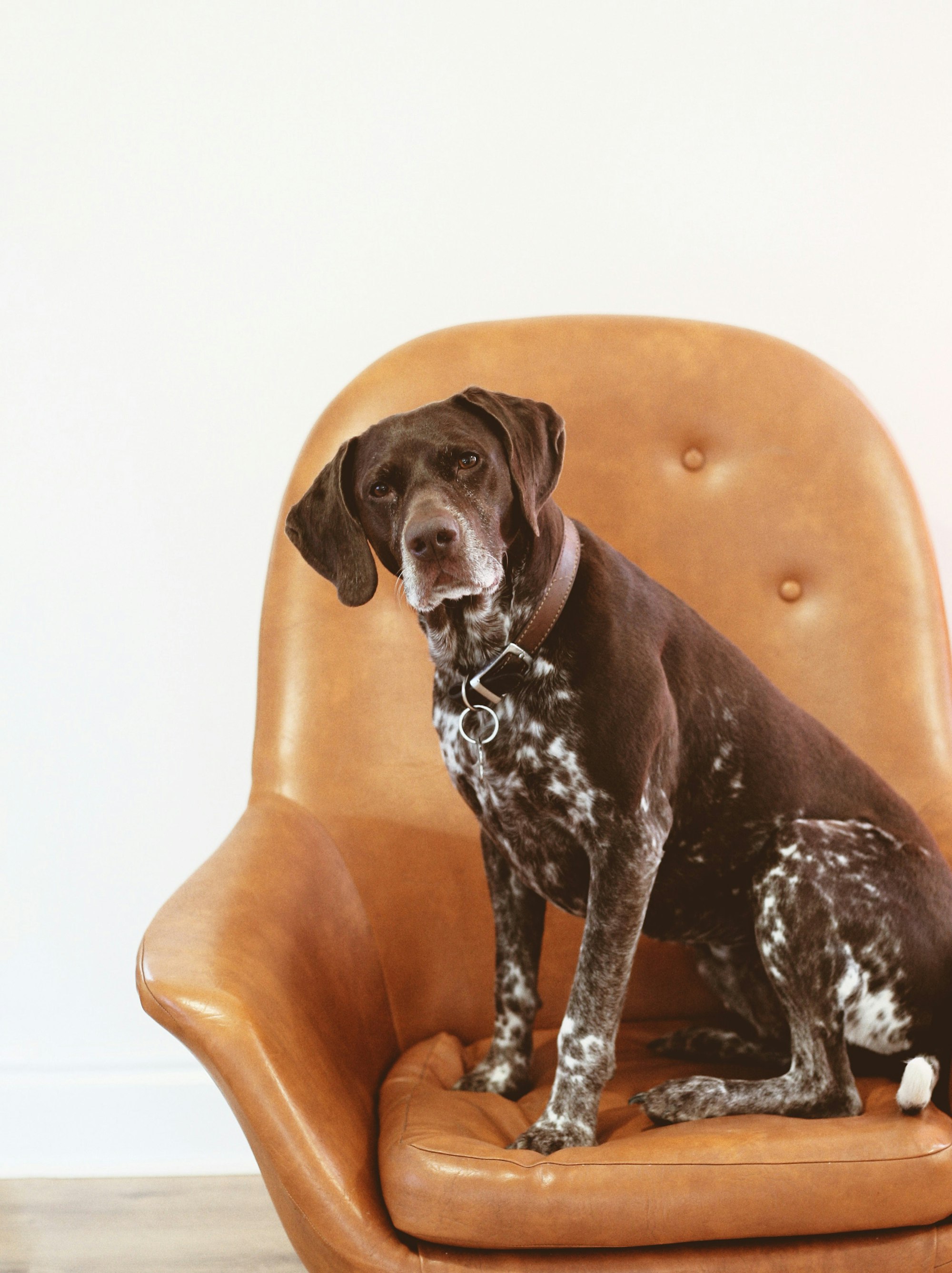
- Regularly measure the dog's neck circumference to ensure an accurate fit and maintain proper fit as the dog grows.
- Consider the breed and size of the dog when adjusting the collar's tightness, ensuring maintaining proper fit as the dog grows.
- Check if there is enough space to comfortably fit two fingers between the collar and the dog's neck, which helps in maintaining proper fit as the dog grows.
- Regularly observe the snugness of the collar to ensure it is not too tight or too loose and maintain proper fit as the dog grows.
Fact: Just like humans, dogs can continue to grow throughout their lives, so it's essential to regularly monitor and adjust the fit of their collars to ensure their comfort and safety while maintaining proper fit as the dog grows.
Some Facts About How tight should a dog collar be?
- ✅ According to a poll from 2021-2022, 70% of homes in the US have pets, with 69 million American families owning at least one dog. (Source: Our Team)
- ✅ It can be difficult to determine how tight a dog collar should be, as it needs to be secure but not too tight to cause discomfort or injury. (Source: Our Team)
- ✅ A tight collar can cause pain, chafing, and difficulty breathing, while a loose collar can allow the dog to slip out and get lost. (Source: Our Team)
- ✅ The two-finger rule is a good way to test collar tightness: if you can fit two fingers comfortably between the collar and the dog's neck, it is likely a good fit. (Source: Our Team)
- ✅ Different factors such as age, coat type, and activity level can affect the ideal tightness of a dog collar. (Source: Our Team)
Frequently Asked Questions
How tight should a dog collar be?
The ideal tightness of a dog collar is one that is secure but not too tight to cause discomfort or injury. It should allow your dog to breathe and move freely without chafing or pain.
What is the two-finger rule for collar tightness?
The two-finger rule is a guideline to check collar tightness. You should be able to comfortably fit two fingers between the collar and your dog's neck. If you can do this, it is likely a good fit.
How do different factors affect the tightness of a dog collar?
Factors such as age, coat type, and activity level can affect the ideal tightness of a dog collar. Growing puppies may need regular adjustments, dogs with thick fur or wider necks may require a looser fit, and dogs with sensitive tracheas may need a more relaxed collar to avoid irritation.
What is the importance of measuring a dog's neck accurately for a collar?
Measuring a dog's neck accurately is crucial to finding the right collar size. An accurate measurement ensures a comfortable fit and avoids a collar that is too small and tight or too big and loose, which can lead to the dog slipping out or experiencing discomfort.
What should I consider when selecting a collar based on sizing guidelines?
Different types of collars have their own fit standards and sizing guidelines. It's important to check the manufacturer's instructions or reference size charts when selecting a collar to ensure it will fit your dog properly. This is especially important if you are ordering online and cannot try the collar on beforehand.
Why is regularly checking and adjusting collar tightness important?
Regularly checking and adjusting collar tightness is important, especially for growing puppies or senior dogs. It ensures a proper fit as they continue to develop or age. Dogs with thick fur may require adjustments, and collar tightness may need to be altered during warmer months when dogs may have a thicker undercoat.
